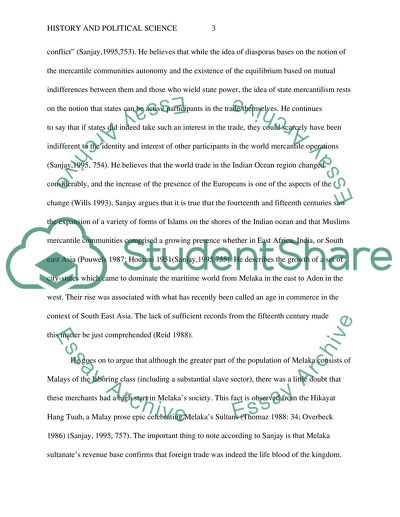Cite this document
(“Article interpretation Sanjay Subarahmanyam Book Report/Review”, n.d.)
Article interpretation Sanjay Subarahmanyam Book Report/Review. Retrieved from https://studentshare.org/history/1433810-article-interpretation
Article interpretation Sanjay Subarahmanyam Book Report/Review. Retrieved from https://studentshare.org/history/1433810-article-interpretation
(Article Interpretation Sanjay Subarahmanyam Book Report/Review)
Article Interpretation Sanjay Subarahmanyam Book Report/Review. https://studentshare.org/history/1433810-article-interpretation.
Article Interpretation Sanjay Subarahmanyam Book Report/Review. https://studentshare.org/history/1433810-article-interpretation.
“Article Interpretation Sanjay Subarahmanyam Book Report/Review”, n.d. https://studentshare.org/history/1433810-article-interpretation.


